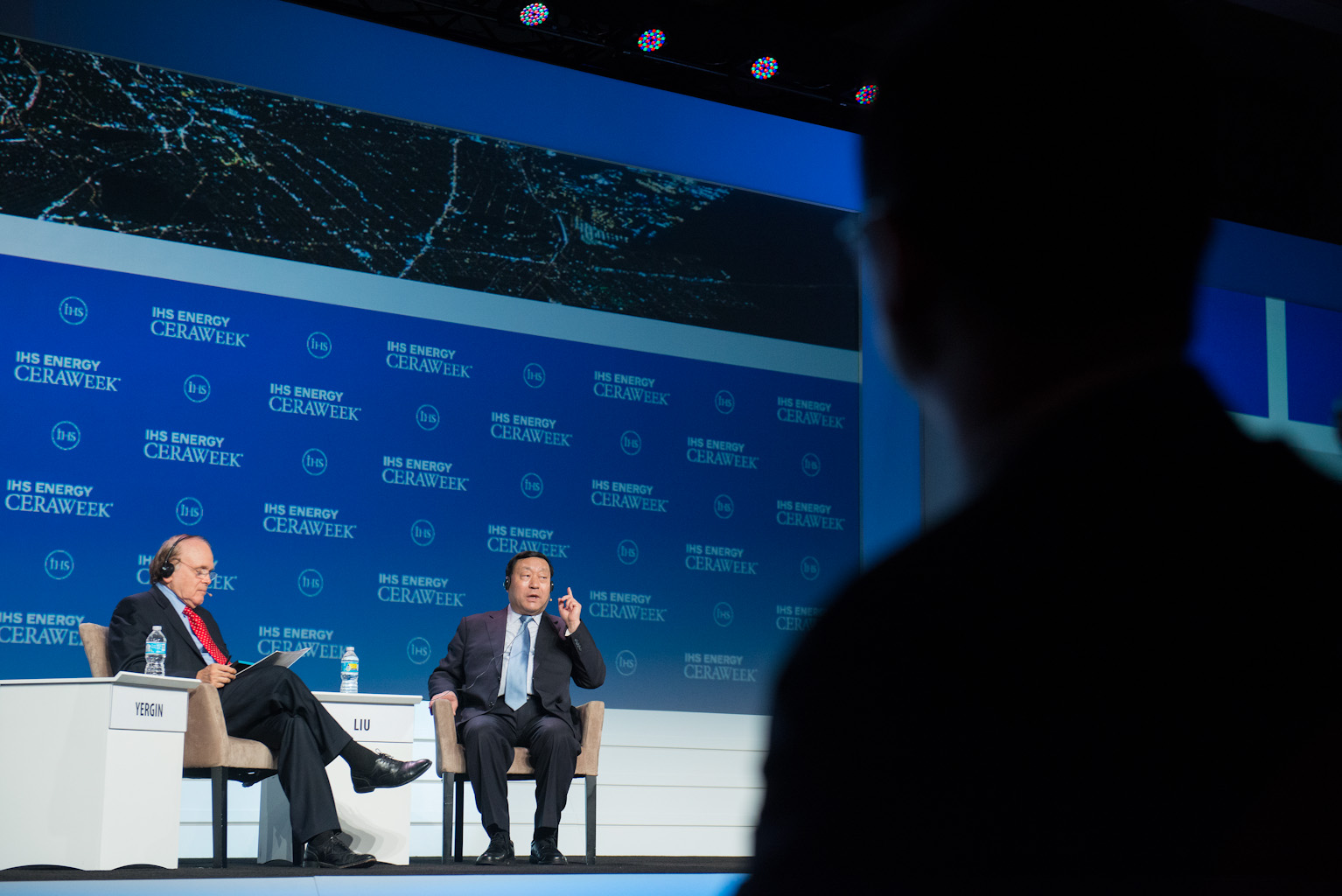
China’s State Grid Corporation, the world’s biggest power company, is on an impressive buying binge. As Bloomberg News reports, the company is “actively in bidding” for power assets in Australia, hoping to add them to a portfolio of Italian, Brazilian, and Filipino companies. The goal isn’t simply to invest, however. State Grid's Chairman Liu Zhenya has a plan that he believes will stall global warming, put millions of people to work and bring about world peace by 2050.
The idea is to connect these and other power grids to a global grid that will draw electricity from windmills at the North Pole and vast solar arrays in Africa’s deserts, and then distribute the power to all corners of the world. Among other benefits, according to Liu, the system will produce “a community of common destiny for all mankind with blue skies and green land.”
It’s a crazy idea, of course. And if this so-called Global Energy Interconnection had been proposed by anyone other than the chairman of the world’s wealthiest power company, it wouldn’t deserve much consideration. But the $50 billion in cash generated by State Grid last year gives the company the deep pockets and political standing to put its priorities on the international energy agenda.
Last September, no less than Chinese President Xi Jinping publicly called for talks on establishing a global grid, while leading research organisations -- including the Argonne National Laboratory and the Edison Electrical Institute -- have participated in conferences looking at what would be needed to establish one. And whether or not it’s ever built, the technologies that underlie Liu's big idea are already changing how power will be generated and transmitted in coming decades.
The idea of an electricity “supergrid” goes back at least to the 1970s, when high-voltage direct current technologies were first developed. They allow for long-distance transmission of electricity with less loss of power than traditional systems that employ alternating currents.
In North America, high-voltage technology still isn’t used much. But in developing countries where sources of power -- such as hydroelectrical dams -- are often located far from end customers, they’re increasingly popular. China, the world’s biggest user, spent $65 billion on upgrading to high-voltage lines in 2014, in part to link geographically-isolated wind farms to its fast-growing coastal cities.
In some ways, extending the grid across national lines seems like a natural evolution. More than a decade ago, a German group proposed Desertec, a grid that would transmit solar power from North Africa to Europe. Meanwhile, in 2012, Masayoshi Son, chairman of Japan’s Softbank, proposed an “Asian Supergrid” that would rely upon giant wind farms in Mongolia to power South Korea, Japan, China and possibly Russia. Earlier this week, State Grid formally joined Softbank, Korea Electric Power, and Rosetti PJSC to study the feasibility of such a system.
Any of these schemes would be a boon for wind and solar power producers. But because the grids envisioned are regional, they’d still suffer from the uncertainties of relying on renewables. In theory, a global grid would solve that problem by linking power generators at the poles and at the equator. In effect, the sun would never set on the Global Energy Interconnection, and power would flow day or night, cloudy or clear.
The big question is how to manage such a system. As described in a lengthy, highly technical book that Chairman Liu wrote to promote the concept, there would be no central power distributing authority. Rather, an Internet-like smart grid would distribute power as needed, its allocations shifting automatically as the globe turned and different regions reached their peak energy demand during the day.
Technically, the vision is plausible. Power is transmitted today further than ever before, and smart grid technology is improving rapidly. But Liu’s vision faces considerable geopolitical hurdles, including laws (in Japan, for example) that prohibit importation of power from foreign countries. Likewise, it seems unlikely that China will be able to convince the nations who control the Arctic to open the region to Chinese energy investments.
Then there’s the matter of cost. State Grid estimates it would cost $50 trillion to develop a truly global grid. That would require international buy-in over a period of decades. At a time when short-termism and nationalism are rising worldwide, such a possibility seems remote.
Still, there's no reason to dismiss Liu's ambitions. While a supergrid may never be built, bigger and bigger regional networks are sure to grow. The US, which is slowly modernising its aging power grid, is uniquely positioned to develop an energy interconnection of its own, or to lead on a regional one. This may be one Chinese idea worth stealing. - Bloomberg View